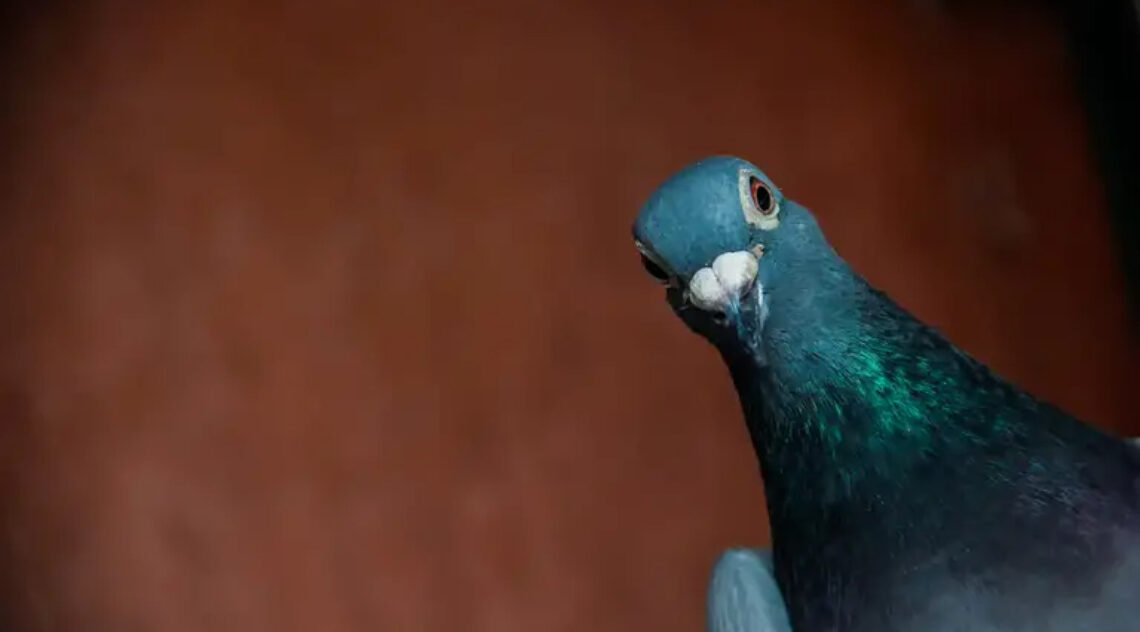
The study is called “The pigeon as a machine.” Researchers at the University of Iowa and Ohio University found that the mechanism pigeons use to make decisions is similar to the method artificial intelligence models use to make correct predictions. That is to say, they are not as stupid as they seem.
Pigeons, in fact, have proven to be particularly skilled classifiers of very complex and varied visual stimuli, the authors of the research highlight. These stimuli range from photographs of everyday objects—flowers, trees, dogs, phones, and shoes—to medical images—human breast tissue or cardiac muscle. These birds have been able to identify printed numbers and letters and even works of art painted by monet.
This ability of pigeons to understand abstract concepts suggests that “We should give pigeons and other birds much more respect than they usually receive,” says the study report published last September in iScience. After all, sending long-distance correspondence is no easy task.
The researchers discovered that a simple associative mechanism may be sufficient to explain the success of these animals. To test this, the team gave a group of 24 pigeons a variety of visual tasks. The animals learned to classify some of them in a matter of days and others in weeks.
How was the study that equates pigeons with artificial intelligence?
They showed the pigeons different stimuli on various monitors: lines of different widths, locations and orientations, as well as sectioned and concentric rings. To decide which category they belonged to, each bird had to peck on a touch screen: it had a button on the right and another on the left. If they got it right, a dispenser released food. If they were wrong, they were left with nothing.
“Pigeons don’t need a ruler,” Brandon Turner, lead author of the study and professor of psychology at Ohio State University, told Guardian. They learn through trial and error. For example, when they were given a certain image, anything that looked similar they placed in the same category.
Pigeons improved their ability to make 55% to 95% correct decisions of the times when it came to simpler tasks. Its accuracy increased55% to 68% when it came to more complex tasks.
“The behavior of pigeons suggests that nature has created an algorithm that is very effective at learning very challenging tasks,” said Edward Wasserman, co-author of the study and professor of experimental psychology at the University of Iowa. Of course: “Not necessarily with the greatest speed, but with great consistency.
How are they similar to artificial intelligence?
The main objective of an artificial intelligence model is recognizing patterns and making decisions. ChatGPT, for example, is powered by training to predict the next word in a sentence by processing massive amounts of text from the Internet and finding patterns through trial and error. The famous chatbot was then refined using human feedback to keep the conversation flowing.
Pigeons, the study shows, can do the same. When they were not given food, they could realize their mistake and correct their decision. And so, continue looking for similarities in the objects visualized.
“With just those two mechanisms, you can define a neural network or an AI machine to basically solve these categorization problems,” Turner told Guardian. “It is logical that the mechanisms that are present in artificial intelligence are also present in the pigeon.”
Researchers will continue studying these birds with other teams. The long-term goal is to better understand human brain damage. Wasserman highlighted that the pigeon brain “is a very good brain”: “It may be small in size, but it has great power when it comes to the ability to learn.”